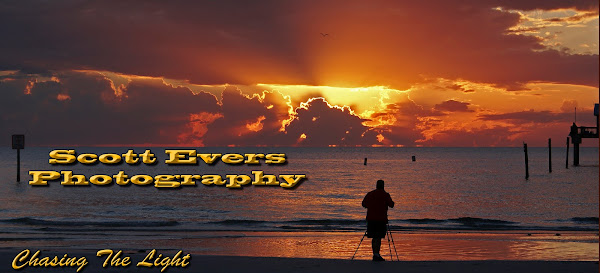In February of 2005 I was finally able to make a trip to the Hawaiian Islands. I spent 10 days trying to see as much as I possibly could fit in on three of the islands. The islands are truly a paradise. I had just purchased my first digital SLR, a Canon 20D. I knew I would not be happy with the kit lens so I dug into the piggy bank and also bought a Canon 16-35mm f2.8 L wide angle zoom. Being able to only afford one good lens, I opted for the wide angle since I figured I would be doing mostly landscape photography there. For the most part this ended up being a good choice, but there were times it was very limiting.
Sunrise from the summit of Haleakala Volcano
I had watched a special on the travel channel of the things you must do when you visit the Hawaiian Islands, and high on the list was traveling to the summit of the Haleakala Volcano to watch the sunrise. Haleakala National Park is located on the Island of Maui, near the costal town of Lahaina. So I set the alarm for 4:30am and made the 2 hour drive to the summit at just over 10,000 feet. When I left my hotel at sea level it was about 75 degrees, and at the summit it was about 30 degrees with a strong 30+ mph wind. This sent the wind cill factor to single digits. I have watched many beautiful and inspirational sunrises in my lifetime, but I will admit that watching the sun come up above the clouds at 10,000 feet gave me goose bumps and had me completely awe struck. I was so riveted watching the light come up that almost forgot to take photographs.
Haleakala in Hawaiian means "House of the Sun". I cannot think of a more fitting name.
Inside the crater of Haleakala Volcano
From the summit you look down into a massive depression some 7 miles across, 2 miles wide, and nearly 2,600 feet deep. The surrounding walls are steep and the interior mostly barren-looking with a scattering of volcanic cones. The potentially active volcano has produced numerous eruptions in the last 30,000 years, including in the last 500 years.
Silver Sword
One of the most fascinating members of the sunflower family is the infamous silver sword that grows in the cinders of Haleakala Crater on the island of Maui. The rosettes of sword-shaped leaves are covered with silvery hairs that reflect light and heat and provide insulation against the intense solar radiation and extreme aridity of this 10,000 foot volcanic mountain. In addition, the leaves contain air spaces filled with a gelatinous substance that absorbs and stores large quantities of water during the intervels between rains. This stored water is especially important when the plant blooms, because the fast-growing flower stalk requires a lot of moisture as it develops into a massive inflorescence. Another subspecies of silver sword grows on the upper slopes of Mauna Kea on the island of Hawaii. Pretty amazing to stand and look at a plant that only grows in the small area of the summit of the volcano.
If you ever make a trip to the Hawaiian Islands, this is a must see place to visit.




No comments:
Post a Comment